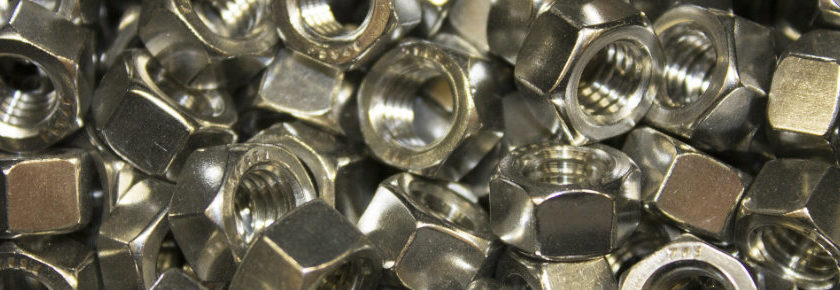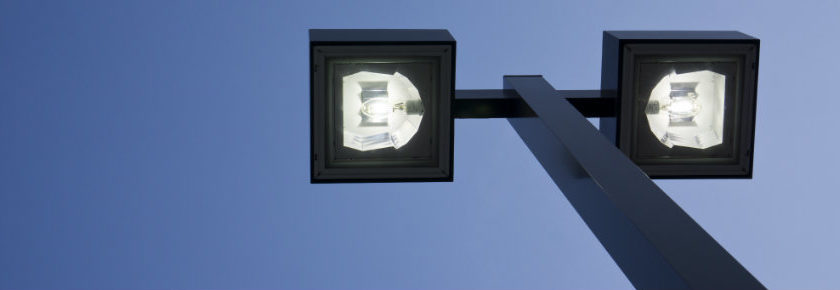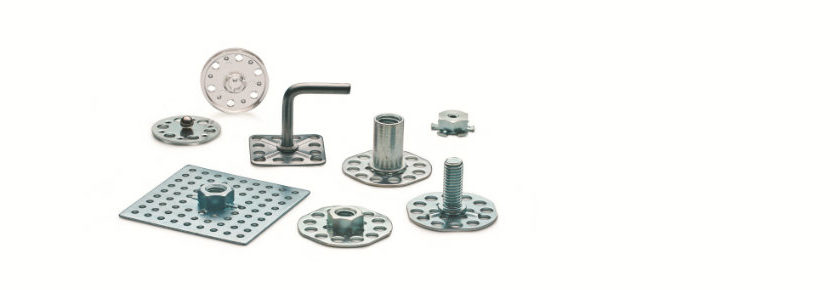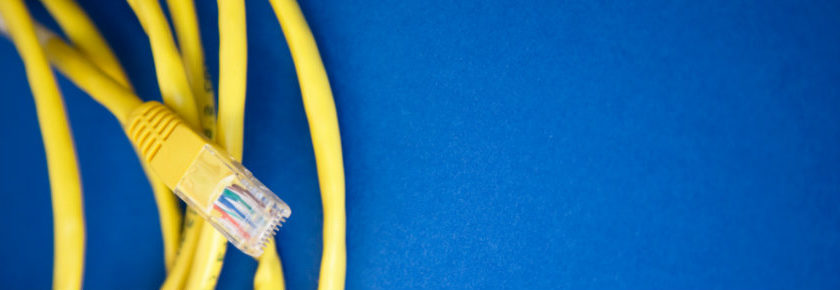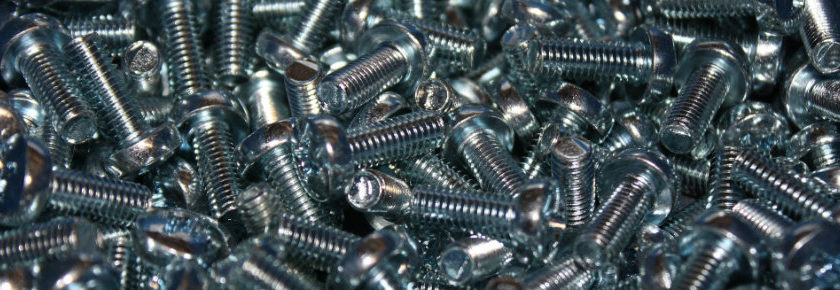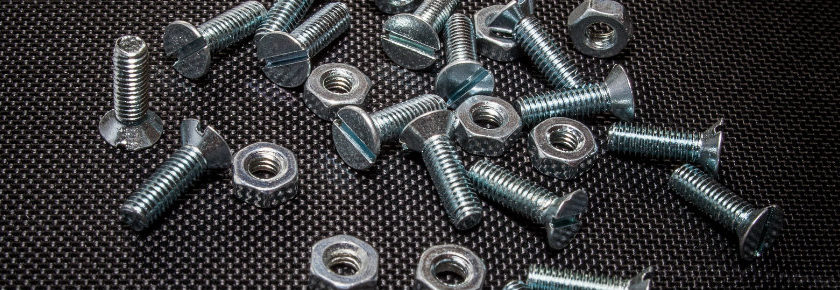The use of captive nuts is a great design opportunity for a variety of applications. These differing styles of nuts are captive because once installed, they become an integrated part of the assembly. Examples of captive nuts are weld nuts, self-clinching nuts and riveting nuts. For more information on the specific designs consider the technology of each one.
Weld Nuts
Weld nuts are welded to another piece of metal. These can be used instead of sheet metal screws in thin sheet metal applications. Weld nuts come in different sizes and shapes and require equipment to install. These types of nuts form the strongest bonds. They are not plated for corrosion protection as this would hinder the welding process; a subsequent plating process or painting would be required to protect the assembly from corrosion after welding is complete.
Self-Clinching Nuts (swage nuts or insert nuts)
Self-clinching nuts are clinched or pressed into soft sheet metal. They come with several types of plating options and can be heat treated to provide more thread strength unlike its counterparts. Self-clinching nuts also require equipment to install.
Riveting Nuts (blind rivet nuts)
Riveting nuts are the quickest to install. The necessary tools to implement this nut design are also relatively less expensive. They are installed much like a blind rivet and can be fixed into blind holes unlike self-clinching nuts or weld nuts.
Captive Nuts Comparison Chart
| Type | Application | Advantages | Disadvantages | Special Tool Required | ||||||||
| Quick installation | Inexpensive piece price | Different plating options | Different strength options | Other | Need access to both sides | No plating options | Precise pre-drilling required | Need special tooling to install | Other | |||
| Weld Nut | General | X | Strongest bond | X | X | X | Yes → Welding machine $$ | |||||
| Sheet metal | ||||||||||||
| Self-Clinching Nut | Sheet metal | X | X | X | Strongest threads | X | X | X | Yes → Press $$$ | |||
| Circuit boards | ||||||||||||
| Blind Rivet Nut | Sheet metal | X | X | X | X | X | Grip range limited | Yes → Pneumatic tool $ | ||||
| Laminated materials | ||||||||||||
**Advantages and disadvantages are accurate for most catalog offerings of these nuts, exceptions may apply
Picking the right captive nut for your design can be difficult. Luckily, Bossard has an engineering team with decades of experience, ready to help you. Contact us at ProvenProductivity@Bossard.com for more information.
Fadi Saliby
Technical Sales Director
FSaliby@bossard.com

